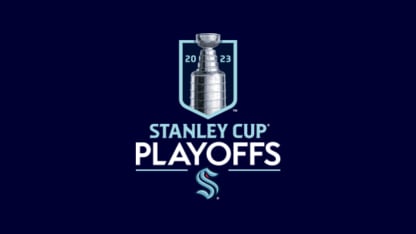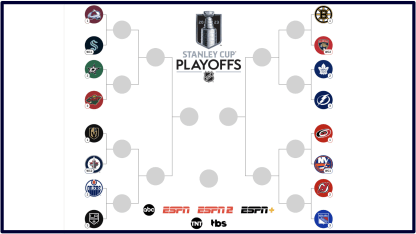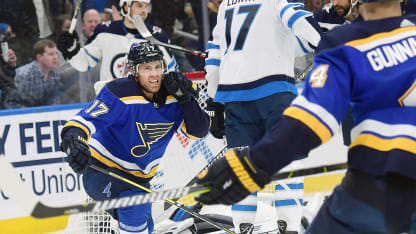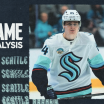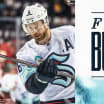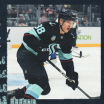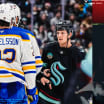You hear it all the time: "there's nothing like playoff hockey." Everything escalates to another level because you never know what will ultimately make the difference between advancing and ending your season. Hits seem harder, plays seem faster, checks close quicker and you have to work harder to find space on the ice. Emotions can also escalate as you have an opportunity to respond to the skater who tried to hit you along the boards, or scored a goal against or you just had to battle against the previous one, two, or more games.
Two-time Stanley Cup champion Yanni Gourde put it best.
"The intensity, the level of compete, everything is hyped up," Gourde said. "It's not like the (regular) season, it's so much better. It's so much more fun. It's when you want to be on the ice and play in those big games and those big moments. Every puck, every little detail matters and that's what makes it super special."
